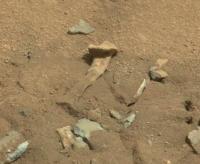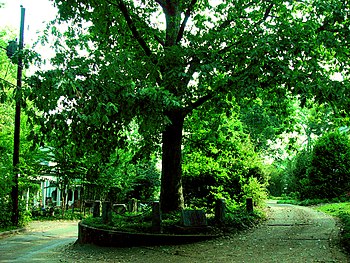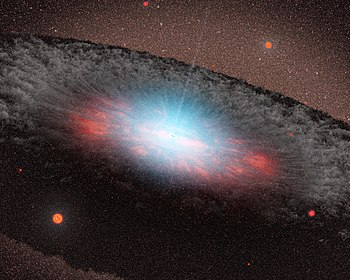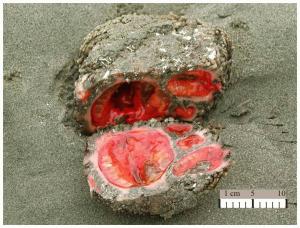MERS, also known as the Middle East Respiratory syndrome, had previously been confined to a handful of nations in that region. To date, the virus has sickened more than 8,000 and killed nearly 800. Now, it appears to be on the move.
On Friday, the CDC confirmed the first case of the MERS virus in the United States:

MERS-CoV (Photo credit: NIAID)
On May 2, the U.S. Centers for Disease Control and Prevention (CDC) reported the first confirmed U.S. case of Middle East Respiratory Syndrome (MERS). Public health officials are assuring citizens that there is very low risk to the general public. Still, the Daily Herald reports that CDC officials are contacting individuals that may be at risk and will respond if others are showing symptoms.
On April 24, the patient traveled by plane from Riyadh, Saudi Arabia to Chicago, IL, via London, England. The patient then took a bus from Chicago to Indiana. On the April 27, the patient began to experience respiratory symptoms and went to an emergency department in an Indiana hospital the next day and was admitted that same day.
More information available here. The media, of course, tends to blow these stories out of proportion. Even so, I like to keep my eye on potential pandemics. Call it a survival instinct. (Especially since this patient passed through Chicago, where I live…)







